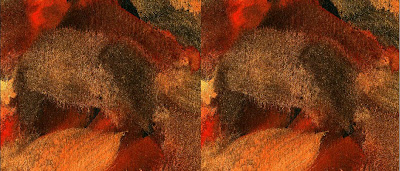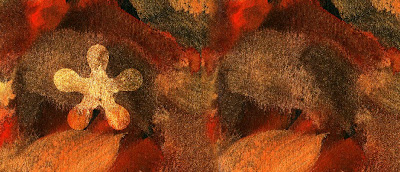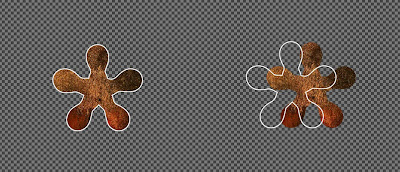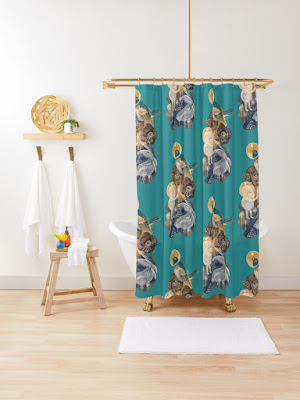

a preview of my diorama illustrations for an upcoming book.
In recent years, the easy access of information through the web revived different forms of craft. Creators all over the world influence each other through their work. More artists are gathering much interest on handmade objects created through sewing, knitting, crocheting, pottery, jewelry, paper architecture, and manual printing methods. How I wish we can also revive the indigenous crafts of our ethnic tribes, where most of them are actually dying! One of the finest weaving techniques of the Bagobo is gone.
A discourse on craft vs. art is endless and craft objects still elicit a silent rejection in the art world, despite the ideas of postmodernism defied the hesitation of elevating craft as fine art. Craft objects, which include illustration and comics, are considered "lowbrow art," or art that is not seriously recognized as fine art in the high or elitist art world, where art are revered only those found in museums and galleries by the rich and the intellectual.
I have heard of an accomplished children's book illustrator's story where a gallery rejected his works for exhibit only because they are children's book illustrations. If they are just children's book illustrations, why is it then that the world has to bestow an award to recognize excellence in this field?
But how can then craft be called art, when these objects were made for a specific purpose? But isn't art were also made with a specific purpose in mind?("to visibly express the abstract nature of idea" by painting that idea on a canvas). I think, artists today only use the techniques of craft to achieve a profound effect other than it's utilitarian purpose. That's what makes craft more than just a craft.














































